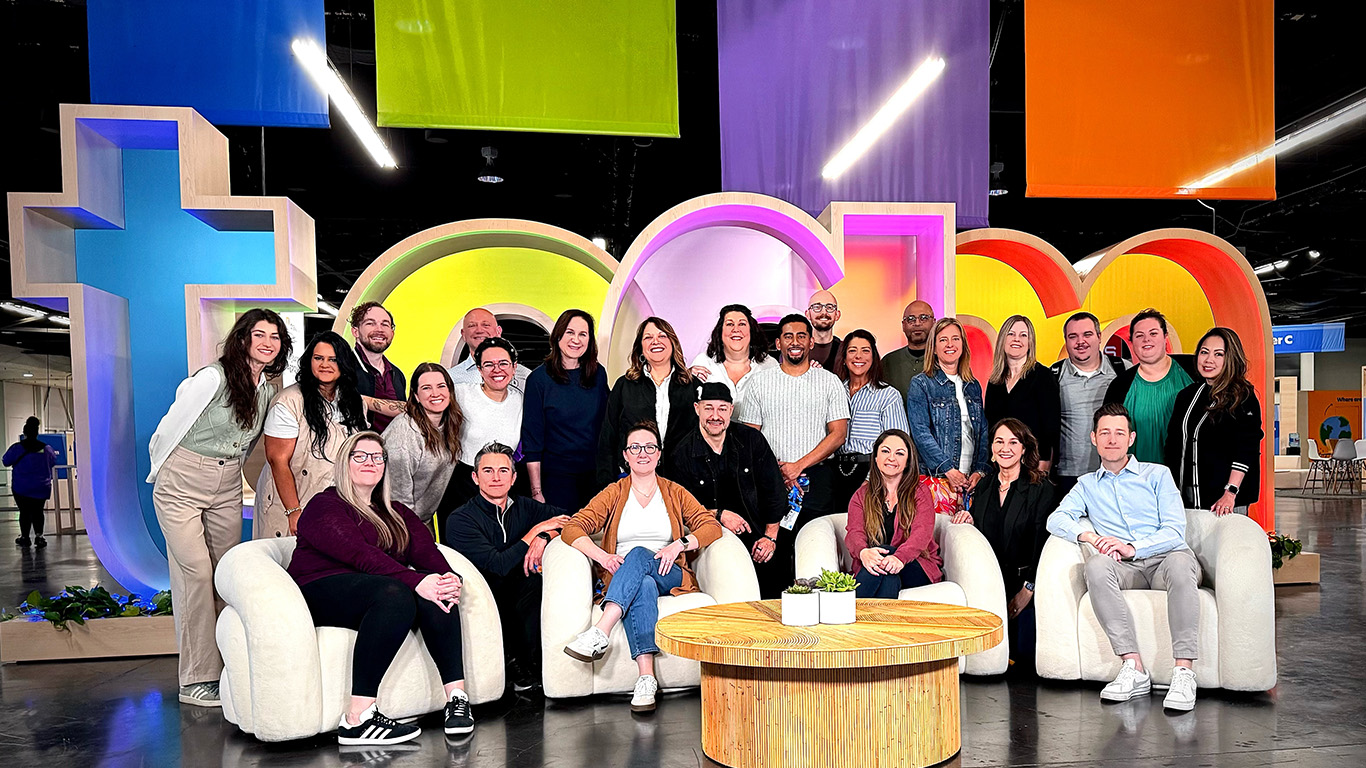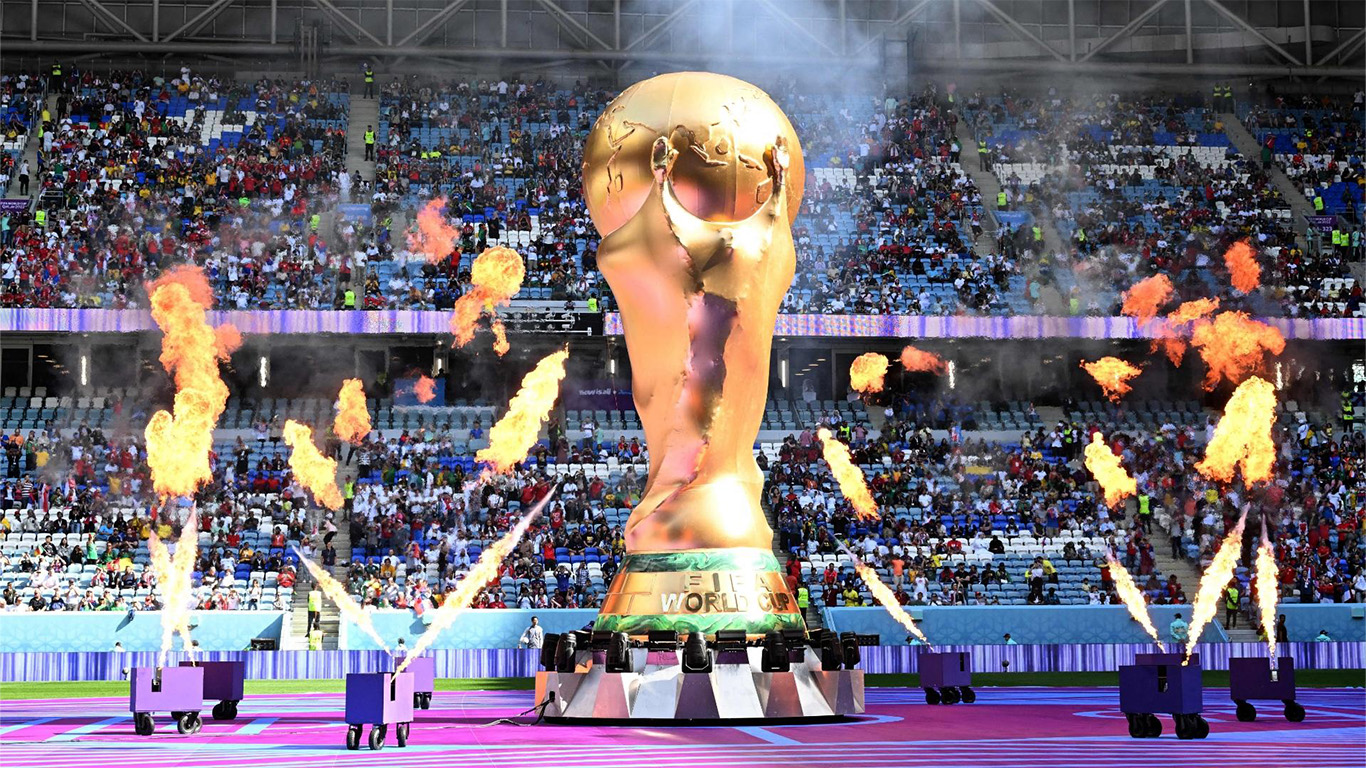Virtual Events: Four Key Lessons from the Broadcast World
Virtual Events: Four Key Lessons from the Broadcast World

Virtual options are the hot topic in the events industry, and companies using the power of digital in their event strategy are gaining value from alternative approaches to content delivery .
While live events remain the gold standard for human-to-human connection, virtual event options provide entertainment, interactivity, and the ability to measure participation in distinct ways.
One effective way to package content: virtual broadcast. Beyond simply livestreaming an event for remote viewers, virtual broadcast is a purposeful, digital-only execution with remote viewers treated as the primary audience. To capture the full potential of broadcast-style content, event marketers are rethinking their end-to-end approach. We found four key lessons from the broadcast world that will help align your thinking when fitting virtual content into your event portfolio.
Speakers have to work to keep the audience engaged .
During a live event, you have a captive audience, gathered together with few in-room distractions. In a broadcast, audience members can be in vastly different environments—networking at a watch party, multitasking at their office desk, or working from the couch with Netflix on in the background. Speakers and hosts need to shift their role from presenter to entertainer. We’ve seen this shift manifest in the demeanor of newscasters in the last few decades. Gone are the days of the straight-faced fact readers. (To put a twist on Walter Cronkite’s famous sign-off, “that’s the way it was.”) Now, news broadcasts are peppered with banter between anchors, in-studio guests, on-the-ground reporting, and enhanced graphics. These additions all serve to keep viewers’ eyes glued to the screen.
Content delivery is just as important as the content itself .
For most people, attending a webinar means trodding through a static deck accompanied by a narrator’s stale voiceover. Shaping your virtual event as a broadcast opens up opportunities for novel content delivery formats. To determine what is best for you, identify the goals of your event (to educate, to inspire, to start a conversation) and tailor your format to those goals. Explaining complex topics for training events can be aided by incorporating graphic diagrams and charts, but those aren’t as impactful for a “rally” event like a sales kick-off.
The specific content you want to deliver will also help inform the delivery format. For example, if you want to hold a broadcast to give an update on a company’s diversity and inclusion initiatives, a panel with guests from various underrepresented communities within the organization would convey a steadfast commitment to diversity, more so than a monologue from a senior leader .
Hedge against snafus with pre-recorded content .
Pre-recorded content is valuable not only as a way to change the pace of a broadcast, but also as a metaphorical life preserver. If a guest doesn’t show or something happens to a speaker mid-broadcast, pre-recorded content can be deployed to give the production crew some breathing room and keep the audience entertained. Pre-recorded content can also be expertly edited to deliver the most critical messages with pixel-perfect clarity. When broadcasting something like a product launch, pre-recorded segments can be used to show the product in action or to take a virtual tour of any components that wouldn’t translate as well in a live demo.
A captivating broadcast is not always perfect .
Even pros mess up from time to time, but it’s not the end of the world. Rolling with the punches and creating fun, entertaining moments out of mishaps is what makes live events so special. Relaxed hosts who can laugh off mistakes and move on come across as relatable. Getting flustered and attempting to return to a blown-up script highlights the barrier between host and viewer, reminding the audience that this is a performance instead of human-to-human connection .
Even though broadcasts across industries have evolved over the years, there’s a reason they’re still so effective. When done correctly, broadcasts can show off a brand’s creative side while still delivering against event goals. A high-value broadcast isn’t just about conveying information, it’s about sharing valuable information in an entertaining way .
Contact us to learn how you can take your virtual event presence to the next level with broadcasts.
More Like This, Delivered to You
As our agency continues to explore the future of experiences, you can join us and leaders from Google, Microsoft, Salesforce, and many more of our clients to stay ahead of what’s next by subscribing to XO. Each month, you’ll receive our latest insights and perspectives, plus carefully curated links worthy of your next new tab.
Insights in
the Inbox
XO is a newsletter with a mission to be loved by marketing executives and event professionals.
Through careful curation and purposeful prose, XO serves thousands of leaders who want to stay on top of what’s new and what’s next in the world of experiences.
To join in, see past issues or subscribe below.



